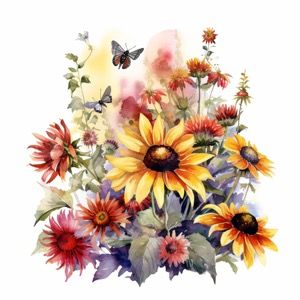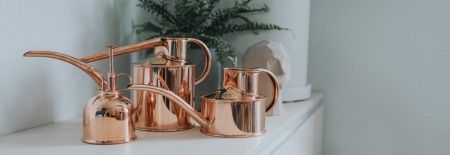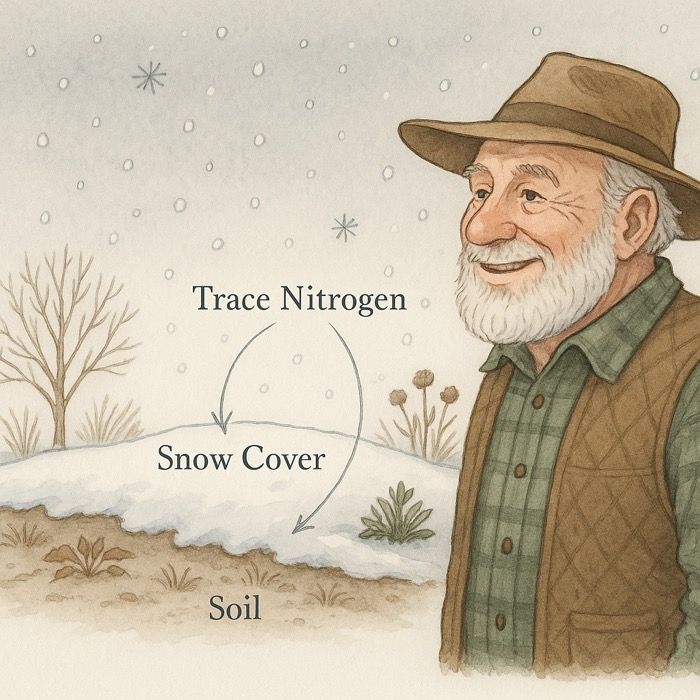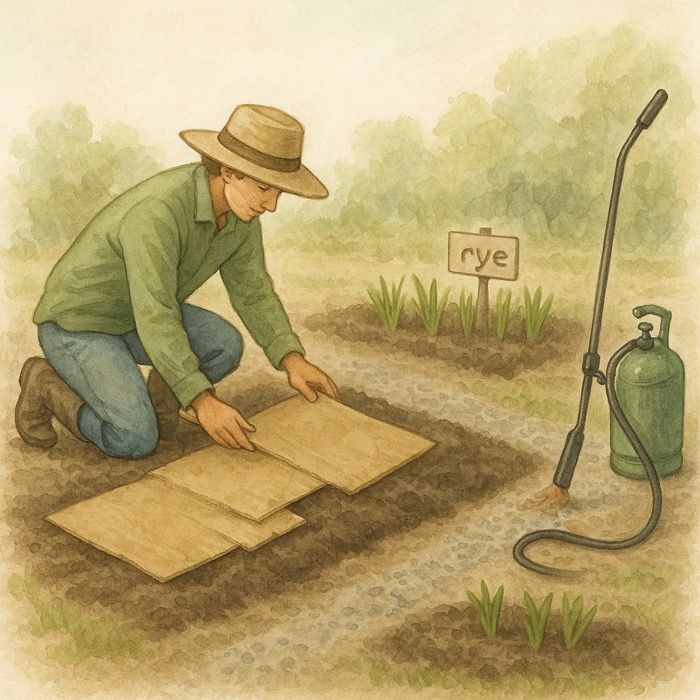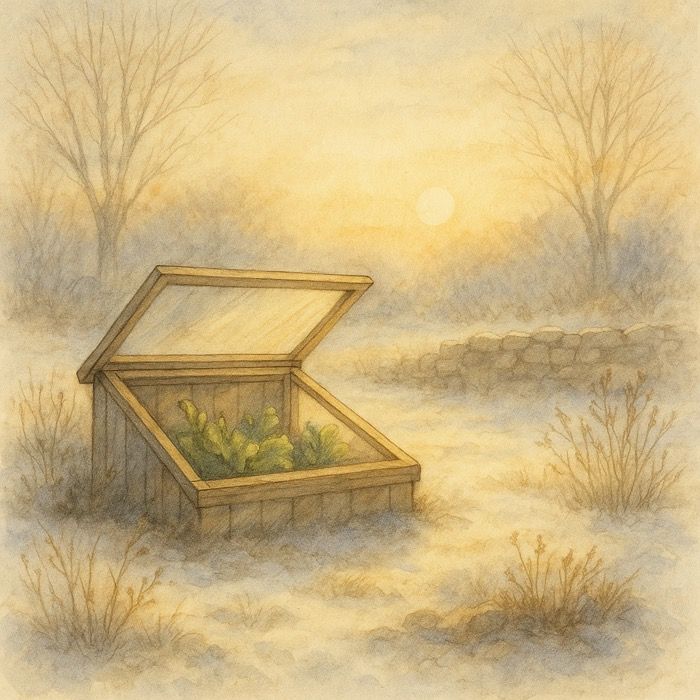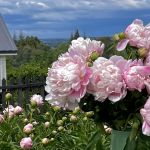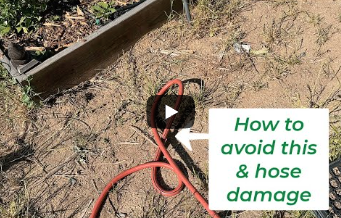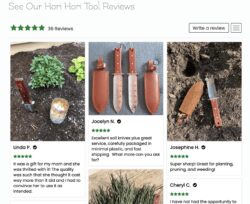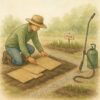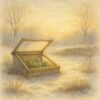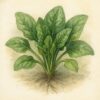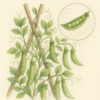Lure Bees and Butterflies: Tips to Attract Pollinators to Your Garden
The Garden and the Birds and the Bees
This is the second in our series about pollinators (first is here: Attracting Birds to Your Garden). If you’re a garden lover or simply someone who cherishes the outdoors, you might be looking for ways to bring more life to your garden. Inviting pollinators, such as bees and butterflies, can not only enhance your garden’s aesthetic appeal but also boost its productivity. I Love a morning stroll as the sun comes up in our lavender garden. The home of the bees is so strong it’s almost deafening but also the most relaxing place on earth. I highly recommend it and you’ll thank me later. So, let’s explore how to successfully attract these essential pollinators to your garden.
The Significance of Attracting Pollinators
Pollinators, including bees and butterflies, are instrumental in transporting pollen from one plant to another, facilitating the fertilization process. This crucial interaction is the backbone of the growth of most fruits, vegetables, and flowers. Hence, bringing more pollinators into your garden will improve its health and bounty.
Cultivate Pollinator-Friendly Blooms
To entice pollinators, you should provide their favorite food – nectar and pollen. Incorporating plants native to your region, flowering herbs, as well as annual and perennial blooms rich in these components can attract diverse pollinators. For instance, lavender, sunflowers, and zinnias are favorites of both bees and butterflies.
Create a Nurturing Environment
Crafting habitats that provide both food and shelter is a fundamental step in attracting pollinators to your garden. You can consider setting up bird feeders and nesting boxes for pollinators like hummingbirds. Leaving some patches of bare soil for ground-nesting bees and adding butterfly houses for butterflies to lay their eggs is also beneficial.
Ditch Pesticides
Pesticides can be detrimental, and in many cases, lethal to pollinators. Resort to natural pest control methods instead. Introducing beneficial insects or using homemade remedies such as neem oil can handle pests effectively without posing a threat to your garden’s buzzing visitors. See our guide on natural garden pest prevention.
Maintain a Water Source
Providing a shallow water source is an enticing feature for pollinators. A birdbath or a water dish with stones for perching and drinking would work perfectly.
Keep in mind, the secret to drawing in and retaining pollinators is offering a hospitable environment. Be patient, observe their habits, and fine-tune your strategies as required.
This guide on “how to attract pollinators to your garden, including bees and butterflies” is just a stepping stone. Implementing these tips will not only make your garden more vibrant and fruitful but also help these significant pollinators that need our support.
We hope you found this blog post enjoyable and helpful. For more insightful gardening advice, keep following our website. Happy gardening!
5 reference links for this article:
- Environmental Protection Agency (EPA): Why Pollinators are Important [https://www.epa.gov/pollinator-protection/why-pollinators-are-important]
- National Wildlife Federation: How to Create a Pollinator Friendly Garden [https://www.nwf.org/Garden-for-Wildlife/About/Native-Plants]
- University of California, Agriculture and Natural Resources: How to Attract Beneficial Insects [http://ipm.ucanr.edu/PMG/PESTNOTES/pn74140.html]
- Cornell University, College of Agriculture and Life Sciences: Native Plants for Pollinators [https://pollinator.cals.cornell.edu/wild-bees/bee-friendly-plants/]
- Royal Horticultural Society: Plants for Pollinators [https://www.rhs.org.uk/science/conservation-biodiversity/wildlife/plants-for-pollinators]
More From Our Master Gardener
Recent Posts

❄️ Snow as Fertilizer – The Truth About “Poor Man’s Nitrogen”

5 Unexpected Winter Weed Control Strategies (That Don’t Involve Mulch)

Harnessing Winter Sun – Passive Solar Tricks for Your Garden

How to Grow Spinach – The Ultimate Beginner’s Guide for Tender, Nutritious Leaves

How to Grow Peas: The Ultimate Beginner’s Guide for Sweet, Crisp Harvests
